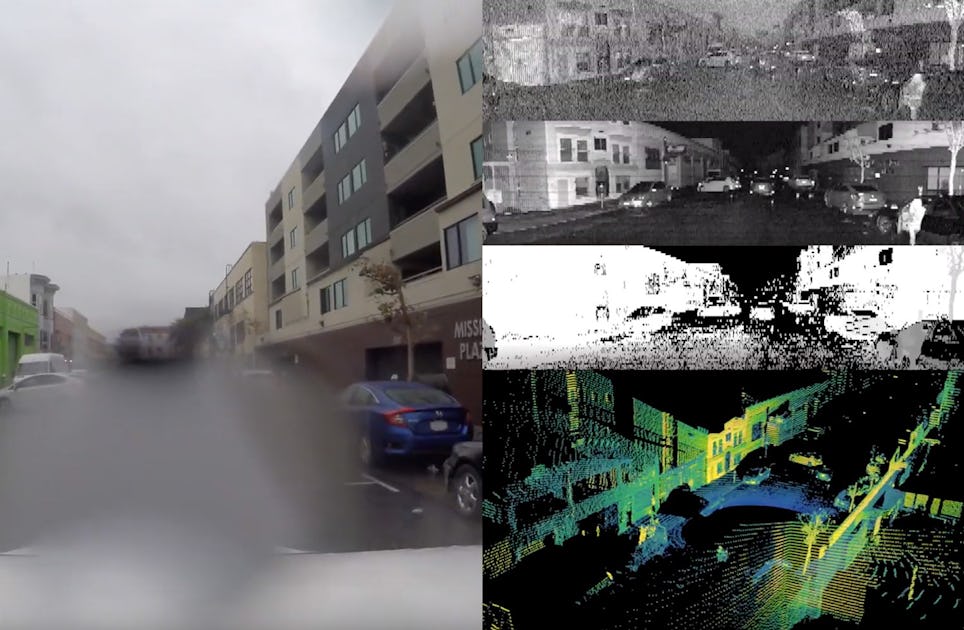...water doesn't obscure the lidar signal and range images, even though there are water droplets on the lidar sensor’s window
...The result is that the range of the sensor is reduced slightly by the water, but the water does not distort the image at all
This is all a play on words if you think about it. No one is saying (except for their Twitter examples) that rain obscures LIDAR.
That fact that the range is reduced is BECAUSE of laser distortion and scattering.
You have to keep in mind that the article says "lidar sensors bring depth information" and "cameras bring high resolution". In the context of this statement, it's possible they only care that
some LIDAR points return when it's raining. The fact is, less LIDAR points are returning, especially from far away, reducing the resolution at range.
You have to be skeptical of the wording of these marketing articles. For example, you pointed out (emphasis mine):
...
The result is that the range of the sensor is reduced slightly by the water, but the water does not distort the image at all
They are ONLY referring to this one 3 minute video. Not some general statement.
It is possible that:
1) If the rain is slightly heavier, the result is much less usable
2) They cleaned the LIDAR window before the test
3) The rain droplets they showed in the picture are from AFTER the drive. It's possible that the 3 minute video were from the beginning of the drive, so there weren't as many droplets on the window.
4) And more possibilities!




